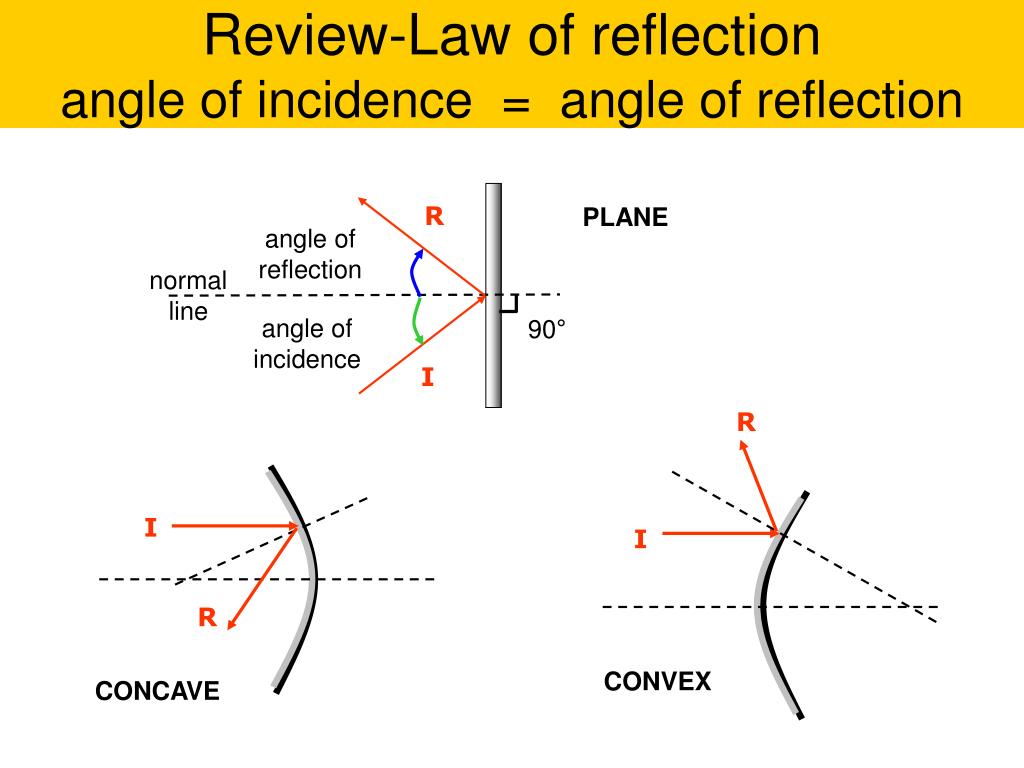

(viii) Draw a line AB, perpendicular (downwards) from A to meet the principal axis at B. (vii) Draw a line CA', backwards, so that it meets the line from D parallel to principal axis at A. (vi) Draw a line A'B', perpendicular to principal axis from B'. (v) Draw a line AD, parallel to principal axis. (iv) Join any point D (nearly at the top of lens) and F by a dotted line. (iii) Mark points F and B on the left side of lens at a distance of 3 cm and 2 cm respectively. (ii) Draw a convex lens, keeping principal centre (C) on the principal axis. (i) Draw the principal axis (a horizontal line). Image distance, v = - 10 cm ĭrawing the ray diagram: Using a scale of 1: 5, we get v = - 2 cm, f = - 3 cm. (c) Height of image A'B': 0.7 × 5 = 3.5 cm, i.e., image is smaller than the object.įocal length, f = - 15 cm Answer: The angle of incidence and reflection are equal. The beams of incident light after reflection diverge at unequal angles. (b) Nature of image A’B’: Real and inverted. The sum of angle of incidence and reflection is always greater than 900. (a) Position of image A'B' = 3.3 cm × 5 = 16.5 cm from the lens on opposite side.

(xi) Thus the final position, nature and size of the image A'B' are: The ray of light that bounces off the surface is called the reflected ray, and. It is found that CB' = 3.3 cm and A'B' = 0.7 cm. The incident ray comes in at an angle, which is called the angle of incidence. (ix) Now AB', represents the real, but inverted image of the object AB. (viii) Draw AB', perpendicular to the principal axis from A'. (vii) Let the two lines starting from A meet at A'. This special angle of incidence is named after the. (vi) Draw a line from A to C (centre of the lens), which goes straight without deviation. Brewsters angle (also known as the polarization angle) is an angle of incidence at which light with a particular polarization is perfectly transmitted through a transparent dielectric surface, with no reflection.When unpolarized light is incident at this angle, the light that is reflected from the surface is therefore perfectly polarized. The second law states that angle of incidence and reflection, reflected and incident ray, normal all lie in the same plane. (v) Draw a line AD parallel to principal axis and then, allow it to pass straight through the focus (F') on the right side of the lens. According to the laws of reflection, The angle of incidence is equal to the angle of reflection and it is generally denoted as. (iv) Draw an arrow AB of height 1 cm on the left side of lens at a distance of 5 cm from the lens. (iii) Mark two foci F and F' on two sides of the lens, each at a distance of 2 cm from the lens. (i) Draw a horizontal line to represent the principal axis of the convex lens. r is the angle made by the reflected ray and.

Therefore, on this scale 5 cm high object, object distance of 25 cm and focal length of 10 cm can be represented by 1 cm high, 5 cm and 2 cm lines respectively. i is the angle made by the incident ray and the normal to the interface and is called the angle of incidence. As the distances given in the question are large, so we choose a scale of 1: 5, i.e., 1 cm represents 5 cm.


 0 kommentar(er)
0 kommentar(er)
